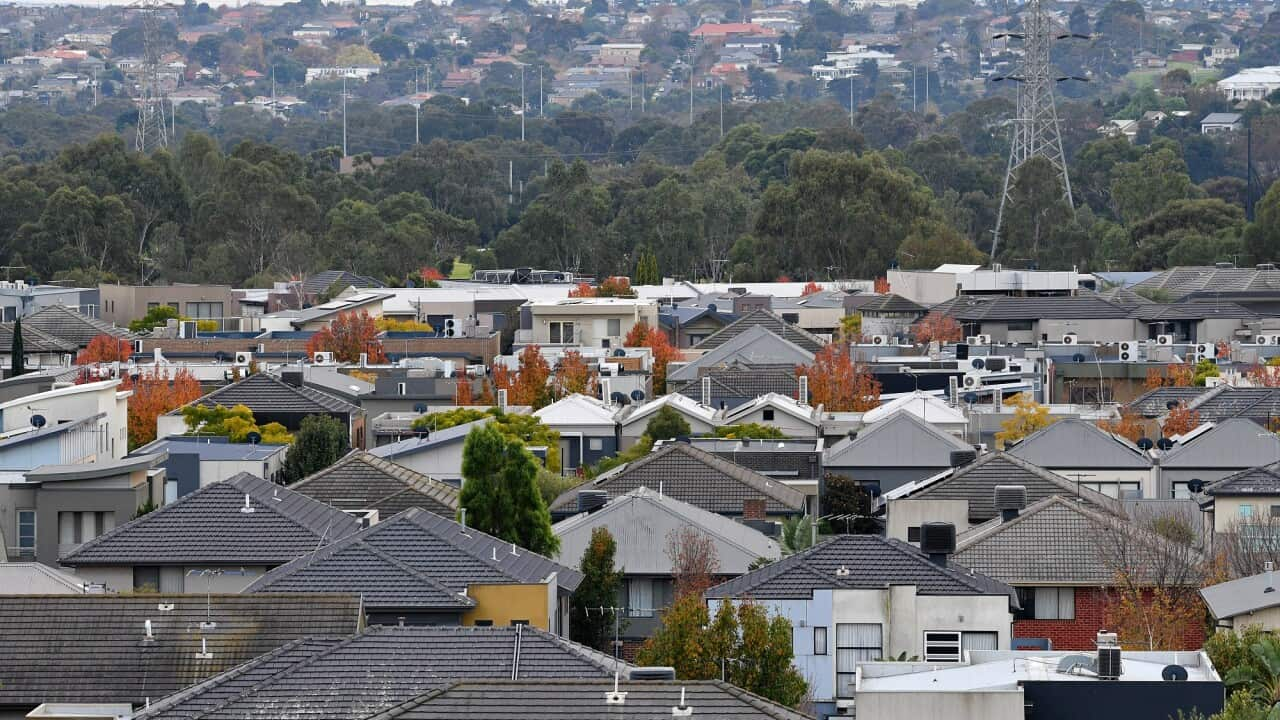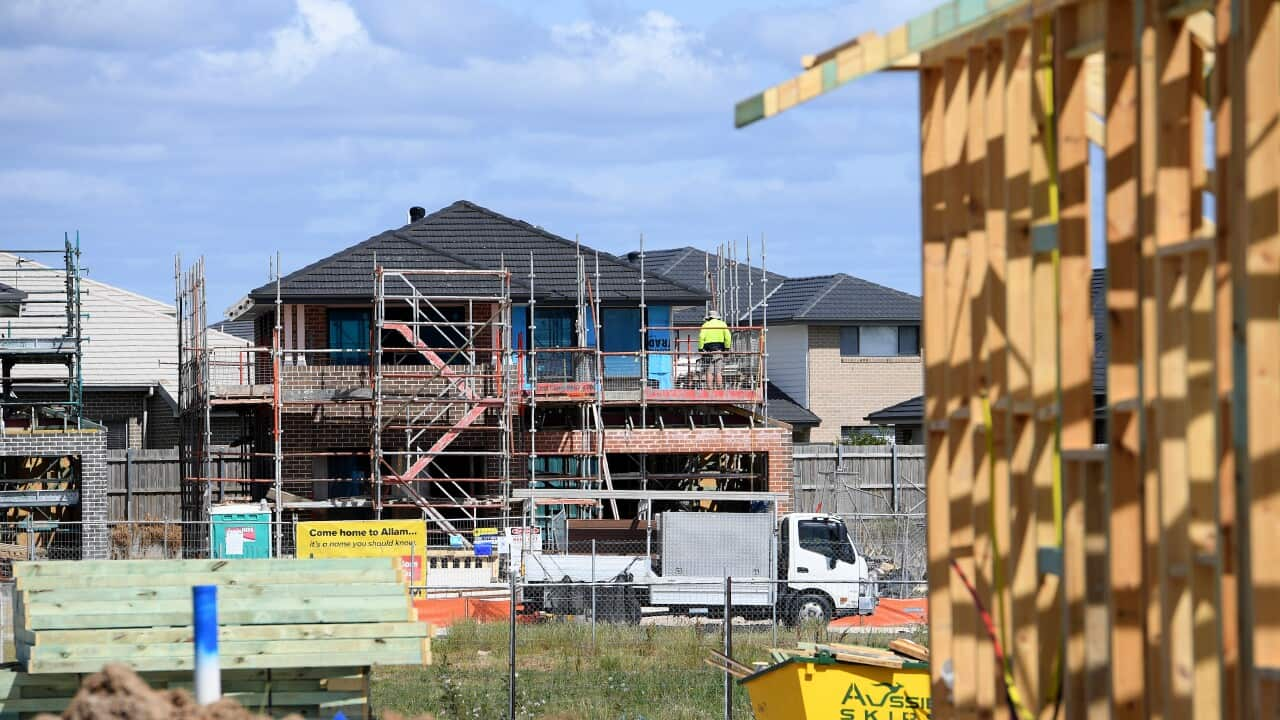KEY POINTS
- The annual decline in housing prices is the largest since the global financial crisis.
- Home prices plummetted 5.3 per cent on average over the year.
- Rents surged over the same period, rising an average of 10.2 per cent nationally.
Australia's housing prices have experienced the largest decline in a calendar year since the global financial crisis (GFC) in 2008, when home values fell 6.4 per cent nationally.
Home prices have declined for nine consecutive months, coinciding with the .
Home prices plummeted 1.1 per cent in December, CoreLogic data showed, amounting to a 5.3 per cent total decline in 12 months.
Meanwhile, rental prices over the past year increased on average 10.2 per cent nationally.
What's driving the drop and will it continue?
Eliza Owen, property analyst at CoreLogic, said the Reserve Bank of Australia's consecutive interest rate rises, to the current official cash rate of 3.1 per cent, is largely driving the trends.
"House prices are likely to respond to the trajectory of interest rates. So as long as they continue to rise in the new year, we'd expect to see a bit of a continued falling property prices," she told SBS News.
"The good news for homeowners is that that cash rate is expected to peak early to midway through this year. So if that eventuate, we could see a bit of a bottoming out of this downswing."
LISTEN TO

SBS On the Money: What's in store for property in 2023?
SBS News
08/12/202211:50
PropTrack economist and report author Anne Flaherty said prices would likely keep falling into 2023.
"While interest rates are likely to be approaching their peak, the Reserve Bank has signalled the potential for more increases in 2023," Ms Flaherty said.
"Higher interest rates would further erode borrowing capacities and drive prices lower."
Eight rate rises in a row has already reduced borrowing capacity by around 25 per cent.
While rising interest rates are driving a correction in the housing market, home prices overall are still well above pre-COVID levels.
Dwelling values are up 11.7 per cent across the combined capitals and 32.2 per cent across regional markets compared to March 2020, CoreLogic found.
How are different parts of Australia affected?
In Melbourne, dwelling values are now only 1.5 per cent above March 2020 levels according to CoreLogic, unwinding most of the pandemic gains for property owners.
"The relatively small difference between March 2020 and December 2022 levels can be attributed to a number of factors, including a larger drop in values during the early phase of COVID, a milder upswing through the growth cycle and the -8.3 per cent drop since values peaked in February," CoreLogic research director Tim Lawless said.
Melbourne also helped pull down the indicator for the month of December, with home prices falling 1.2 per cent over the month.

Australia's property downturn has picked up pace again, but Melbourne is the only capital city getting close to erasing the entirety of its pandemic upswing. Source: SBS News
In Sydney, home values are falling the fastest - compared to the rest of the country - dropping 12 per cent from their peak in January.
What is the impact on rental prices?
CoreLogic found rents rose across all regions and housing types in Australia in the last 12 months. The increase ranged from a 4 per cent annual rise in house rents in the ACT to a 15.5 per cent increase in Sydney unit rents.
The rise in rental prices is being driven by demographic trends, not interest rates, Ms Owen explained.
"There's fewer renters per household through the pandemic. And we've also started to see a strong return in overseas migration. And because a lot of overseas migrants initially rent that's putting a lot of pressure particularly on Sydney and Melbourne unit rental markets," she said.
The Australian Council of Social Service said an increase of 18 per cent in rental prices in the last year had made it tougher for those on social security payments to make ends meet amid soaring energy and food bills.
The group's CEO, Cassandra Goldie, is urging the federal government to deliver a significant real increase to Youth Allowance and JobSeeker payments to lift people from living below the poverty line.
"Income support payments were woefully inadequate before the prices of food, rent, medicines, energy and other essentials sky-rocketed and they will still be totally insufficient after indexation," she said, adding that the routine 1 January indexation of the welfare payments does not meet the level of need.











